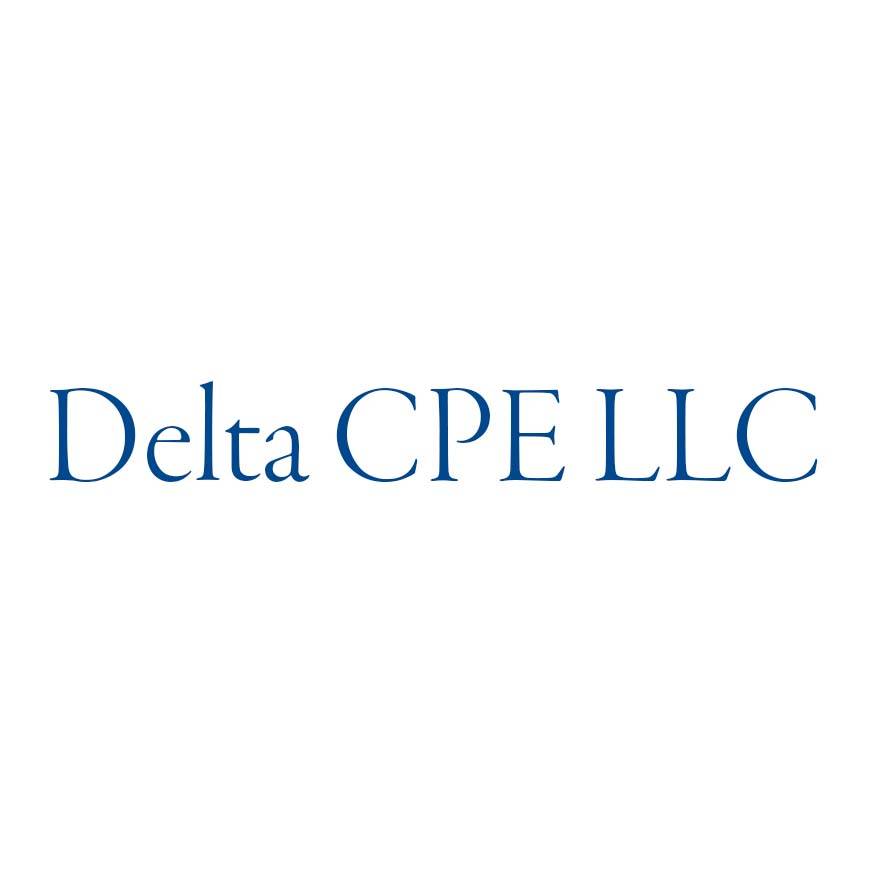Self-Study
Cybersecurity: A Guide for Accountants
Strategic guide to Modern Cybersecurity and Information Protection. Develop a comprehensive security mindset while learning practical techniques to safeguard organizational data in today's evolving digital landscape.

$261.00 – $291.00
Webcasts are available for viewing Monday – Saturday, 8am – 8pm ET.
Without FlexCast, you must start with enough time to finish. (1 Hr/Credit)
Please fill out the form below and we will reach out as soon as possible.
CPE Credits
9 Credits: Information Technology
Course Level
Overview
Format
Self-Study
Course Description
Cybersecurity remains a constant concern in the accounting and finance world. This cybersecurity CPE course for accountants approaches cybersecurity concerns from multiple angles. It begins by instilling a security mindset, essential in the realm of cybersecurity, and addresses widespread myths while introducing critical cybersecurity frameworks. The CPA CPE course emphasizes the importance of a security-conscious culture in organizations and the role of governance in sustaining a robust cybersecurity program. This cybersecurity for accounting CPE also provides practical guidance on implementing IT governance and developing effective security policies in organizations. As cybercriminals continually evolve their techniques, the course explores various strategies and best practices for protecting data, including cloud privacy and mobile device security. Finally, it explores the complexities of regulatory compliance, discussing significant federal and state data privacy laws. This online CPA CPE course is an invaluable resource for professionals seeking to enhance their cybersecurity knowledge and skills, ensuring their organizations are prepared to face the challenges and threats of the digital landscape.
Learning Objectives
After completing Part I of this course, you will be able to:
- Recognize common cybersecurity misconceptions;
- Identify the five functions of the NIST Cybersecurity Framework;
- Recognize the five stages of the ITIL Framework;
- Identify the main causes for the rise of cyberattacks;
- Recognize common types of cyberattacks;
- Identify different kinds of cyber threat actors; and
- Identify ways to protect yourself against cybercrime.
After completing Part II of this course, you should be able to:
- Identify the objectives of IT governance;
- Recognize the role of the board in cybersecurity;
- Identify management activities associated with IT governance;
- Recognize the key principles of the COBIT Framework; and
- Identify must-have security policies for every organization.
After completing Part III of this course, you should be able to:
- Identify the essential physical security measures;
- Recognize the essential information security measures;
- Identify cloud computing security measures; and
- Recognize mobile device security best practices.
After completing Part IV of this course, you should be able to:
- Identify the significant federal regulations of data privacy and protection;
- Recognize the key provisions of state privacy laws;
- Identify the key provisions of the HIPAA; and
- Recognize the key requirements of the GLBA.
Course Specifics
223327227
April 11, 2023
There are no prerequisites.
None
233
Compliance Information
CFP Notice: Not all courses that qualify for CFP® credit are registered by Western CPE. If a course does not have a CFP registration number in the compliance section, the continuing education will need to be individually reported with the CFP Board. For more information on the reporting process, required documentation, processing fee, etc., contact the CFP Board. CFP Professionals must take each course in it’s entirety, the CFP Board DOES NOT accept partial credits for courses.
Meet The Experts

For many years, Delta CPE LLC has offered a wide variety of continuing education courses for financial professionals. Topics covered by Delta’s courses include accounting, financial management, budgeting, investments, financial statement reporting, business management, IFRS, ethics, valuations, real estate, and business writing. The diversity and breadth of Delta’s course offerings make the company a prolific and unique contributor to the CPE world. Delta’s well-credentialed authors and contributors have also been published in numerous academic and professional journals and quoted by some of the leading financial media outlets.
Related Courses
-
 Information Technology
Information Technology
Accountant’s Guide to Computers and Information Technology
Delta CPE LLC QAS Self-Study
Credits: 6 $174.00
QAS Self-Study
Credits: 6 $174.00$174.00 – $204.00
-
 Information Technology
Information Technology
Computer and Data Security Basics for the CPA
Joseph Helstrom, CPA QAS Self-Study
Credits: 1 $29.00
QAS Self-Study
Credits: 1 $29.00$29.00 – $49.00
-
 Information Technology
Information Technology
AI & Accounting – What You Need to Know
Kelen Camehl, CPA, MBA QAS Self-Study
Credits: 4 $116.00
QAS Self-Study
Credits: 4 $116.00$116.00 – $136.00
